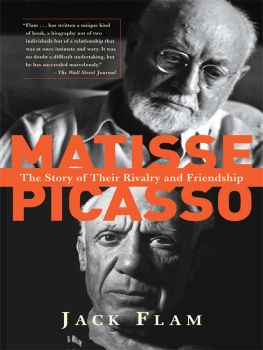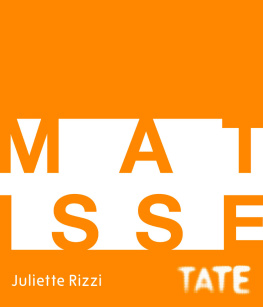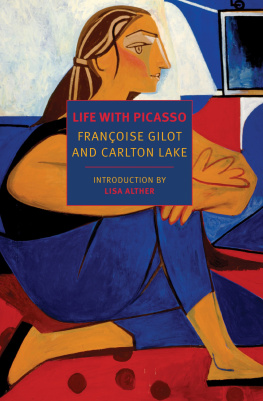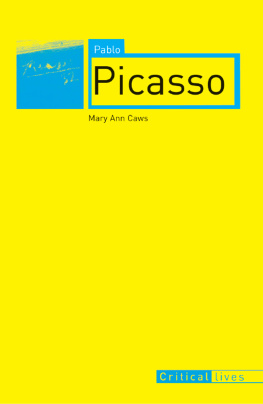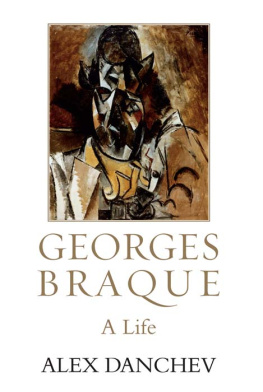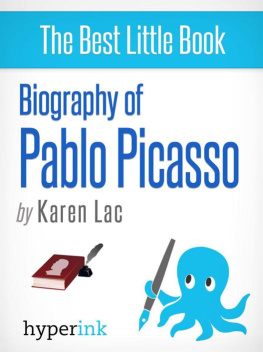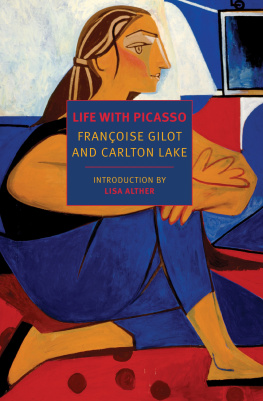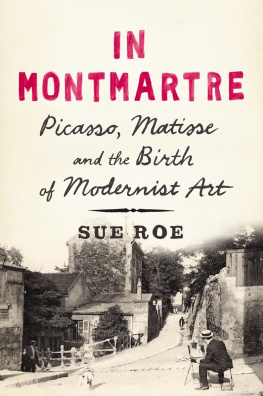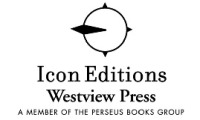MATISSE
AND
PICASSO
MATISSE
AND
PICASSO
The Story of Their Rivalry and Friendship
JACK FLAM
Many of the designations used by manufacturers and sellers to distinguish their products are claimed as trademarks. Where those designations appear in this book and Westview Press was aware of a trademark claim, the designations have been printed in initial capital letters.
All Matisse illustrations 2003 Succession H. Matisse, Paris / Artists Rights Society (ARS), New York
All Picasso illustrations 2003 Estate of Pablo Picasso / Artists Rights Society (ARS), New York
Copyright 2003 by Jack Flam
All rights reserved. No part of this publication may be reproduced, stored in a retrieval system, or transmitted, in any form or by any means, electronic, mechanical, photocopying, recording, or otherwise, without the prior written permission of the publisher. Printed in the United States of America.
The Library of Congress has cataloged the hardcover edition as follows:
Flam, Jack D.
Matisse and Picasso : the story of their rivalry and friendship / Jack Flam.Icon ed.
p. cm.
Includes index.
ISBN 0-8133-6581-3 (hardcover : alk. paper)
eBook ISBN: 9780786723836
1. Matisse, Henri, 18691954Friends and associates. 2. Picasso, Pablo,
18811973Friends and associates. 3. ArtistsFranceBiography.
I. Title
ISBN 0-8133-9046-X (paperback)
N6853.M33 F529 2003
759.4dc21
2002154120
Westview Press is a member of the Perseus Books Group.
Find us on the World Wide Web at http://www.westviewpress.com
Westview Press books are available at special discounts for bulk purchases in the U.S. by corporations, institutions, and other organizations. For more information, please contact the Special Markets Department at the Perseus Books Group, 11 Cambridge Center, Cambridge, MA 02142, or call (800) 2551514 or (617) 2525298, or e-mail
Text design by Brent Wilcox
Set in 10.5-point Sabon by the Perseus Books Group
First paperback printing, March 2004
1 2 3 4 5 6 7 8 9 1005 04 03
PREFACE
This book takes a fresh look at the relationship between Henri Matisse and Pablo Picasso, two artists who dominated the art of the twentieth century. It is different from other books on the subject in that it deals with their rivalry and friendship as a continuous story, from the time they first moved into each others orbit in 1905 until they died. It explores the various ways that Matisse and Picasso inspired and challenged each other, and shows how their responses to each others work often had a determining effect on the directions their art took. As will be seen, the work of each would have been less rich without the constant presence of the other to provoke him and to pressure him toward fresh paths.
I also pay a good deal of attention to the ways their personal affairs affected their art and their interactions with each other. I want to give the reader a sense of these two extraordinary individuals as men as well as artists, and to situate their art in the context of their lives. I am aware that this is a potentially dangerous area, especially with regard to men like Matisse and Picasso, whose work defied the stable codes and narrative subjects of traditional art and was meant to be open and ambiguous, even at times intentionally inconclusive and contradictory. This aesthetic makes their art particularly resistant to the kind of interpretive paraphrase that is often necessary to relate a work of art to an artists life and makes the whole enterprise somewhat risky. But I believe it is a risk worth taking, because the common practice of discussing their works as if they had set out to solve abstract sets of formal or art-historical problems distorts the art at least as much by draining away some of its reason for being.
In modern painting, there are fewer conventionally agreed-on meanings than in traditional art. As a result, the latent or private content of a work often becomes part of its public or manifest content. This situation is especially true of Picasso, because so much of his work is clearly autobiographical. In fact, the private meanings in his works have been so much written about that they have become part of their public meaning. With Matisse, the situation is different. His subjects tend to be more neutral than Picassos, and his art is structurally so much more open thatsimply in pictorial termsspecific readings are more difficult to discuss. And because Matisse was uneasy about the possibility of his work revealing more about himself than he wanted to make known, he actively resisted interpretation. Actually, it seems he wanted to have it both ways. On the one hand, he told the poet Andr Verdet that he believed a work of art was the emanation, the projection of self. My drawings and my canvases are pieces of myself. Their totality constitutes Henri Matisse. But at the same time, he also insisted that his art had virtually nothing to do with the events of his life, as if the self he was speaking of existed on a higher plane than the mere man. This dichotomy I am willing to grant, for his view of art was a transcendent one. But as will become apparent in the following pages, Matisses work, though not autobiographical in the same way as Picassos, is more directly related to the events in his life than one might suppose.
Crucially, both Matisse and Picasso were primarily painters of women, and the erotic plays an important part in the work of both artists. With Picasso, the role that specific women played in his art is taken for granted, and the division into periods that is commonly used in the discussion of his work is often coordinated with the main woman in his life. It is a clich, but like many clichs it holds a good deal of truth. Those women did affect his art in distinct ways, both as subjects and in terms of style, and he seems to have used them as catalysts for change.
Among other things, they spurred Picasso to reflect on himself. A vast range of lived experience is encompassed by his artfrom his romantic, youthful pictures of poverty and sexual longing to the harrowing pictures of old age and death that he painted during his last years. During three-quarters of a century, Picassos art reflected many aspects of his personal life and referred to much of the disquiet of the world around him. He had enormous natural gifts and a temperament that prodded him to try virtually anything, no matter how outrageous. He would stick pieces of newspaper or oilcloth in his pictures; he would make sculptures out of spoons or scraps of wood; he would get his friend Julio Gonzlez to weld together pots and colanders and scrap iron and call it sculpture. In the 1920s, madly enamored of a beautiful and very young womana woman whose very existence he would keep secret for many yearshe would paint her nude body with all the orifices in full display, and with her anus more prominent than her vagina. The relative abstraction of the rendering allowed people to pretend not to notice, but there it wasalmost an open declaration of his sexual preferences. No wonder the Surrealists loved him so. Andr Breton illustrated the first part of Surrealism and Painting entirely with Picassos works, and the Surrealists considered him one of their most important acquisitions, after a fashion; although Picasso stayed close to the group for years, he never became a card-carrying member of the movement. He was not by nature a joiner. It would take an organization as large and lethal as the Communist Party to get him to become one.
Compared with the direct, narrative character of so much of Picassos art, Matisses painting and the language we feel we must use to describe it are relatively esotericdespite the simplicity of his imagery. The subjects of Matisses paintings are often neutral, but the way they are painted often raises them to the realm of the metaphysical. This engagement with the metaphysical rather than the social is, by the way, one of the things Picasso took away from his early acquaintance with Matisse; and as we shall see, it had no small bearing on Picassos Cubism. But given the intense visuality of Matisses painting, and the difficulties involved in describing it, it is not surprising to find that during most of their lifetimes, in comparisons between the two, Matisse was bound to suffer. Whereas Picasso seemed deeply engaged with the contemporary world and with history in the making, Matisse seemed to ignore the political and social issues in the world around him.

